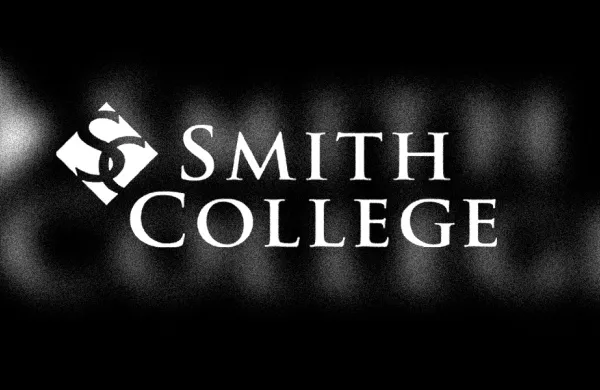U.K. fund manager Smith & Williamson has walked away from a potential merger with rival Rathbone Brothers, which would have created an investment firm with £56 billion ($72.6 billion) in assets.
Smith & Williamson, which currently manages £19 billion, signaled on Friday that it would, instead, be seeking a stock market listing after it became clear that the two parties had failed to agree on proposed merger terms.
In a written statement, a spokeswoman for Smith & Williamson confirmed that the merger discussions have ended, adding that the business was intending to revert to an early plan for a stock market float.
“Following our growth and business development in recent years, the board had agreed to prepare the company for a potential stock market listing,” she said. “While we were pursuing this course, we were approached by Rathbones. After careful consideration, we have been unable to reach agreement on terms which would be in the best interests of all our stakeholders.”
According to a Sky News report earlier this week, rival investment management group Tilney – which boasts around £23 billion in assets – was thought to be preparing a bid for the company. But a Smith & Williamson spokeswoman told Institutional Investor that, as of Friday, the company is not in discussions with Tilney.
As part of the company’s preparation for a stock market listing, Smith & Williamson said it will focus future growth plans on serving private clients, with further investment in new recruits, infrastructure, and corporate engagement.
[II Deep Dive: The Slippery Business of Manager Mergers]
In a Rathbones statement to shareholders, the company’s chief executive Philip Howell said that despite “extensive due diligence and negotiations,” the firm was unable to reach a transaction that was “in the best interests of Rathbones shareholders.”
“The potential combination was intended to accelerate Rathbones’ existing strategy, but ultimately we were unable to agree terms that offered our shareholders an appropriate balance of risk and reward,” he said. “Rathbones remains confident in its strategy and will continue to look for growth opportunities in the sector and assess them with discipline.”
Work related to the potential merger has cost Rathbones around £5 million in 2017, the company said, although £1.8 million of this was accounted for as of the end of June 2017 in an interim statement published by the firm.
Paul McGinnis, an analyst at Shore Capital, said the wording of the statement implies that the talks stalled over price.
“We applaud the discipline shown by Rathbones’ management in being willing to walk away from a deal where they felt it would be difficult to add value to shareholders,” he said.
McGinnis added that the financial consequence of a £5 million “exceptional charge” was reasonable as it equates to 10 pence per share, which he believes is “small relative to any value destruction from overpaying on a potential £600m deal.”







